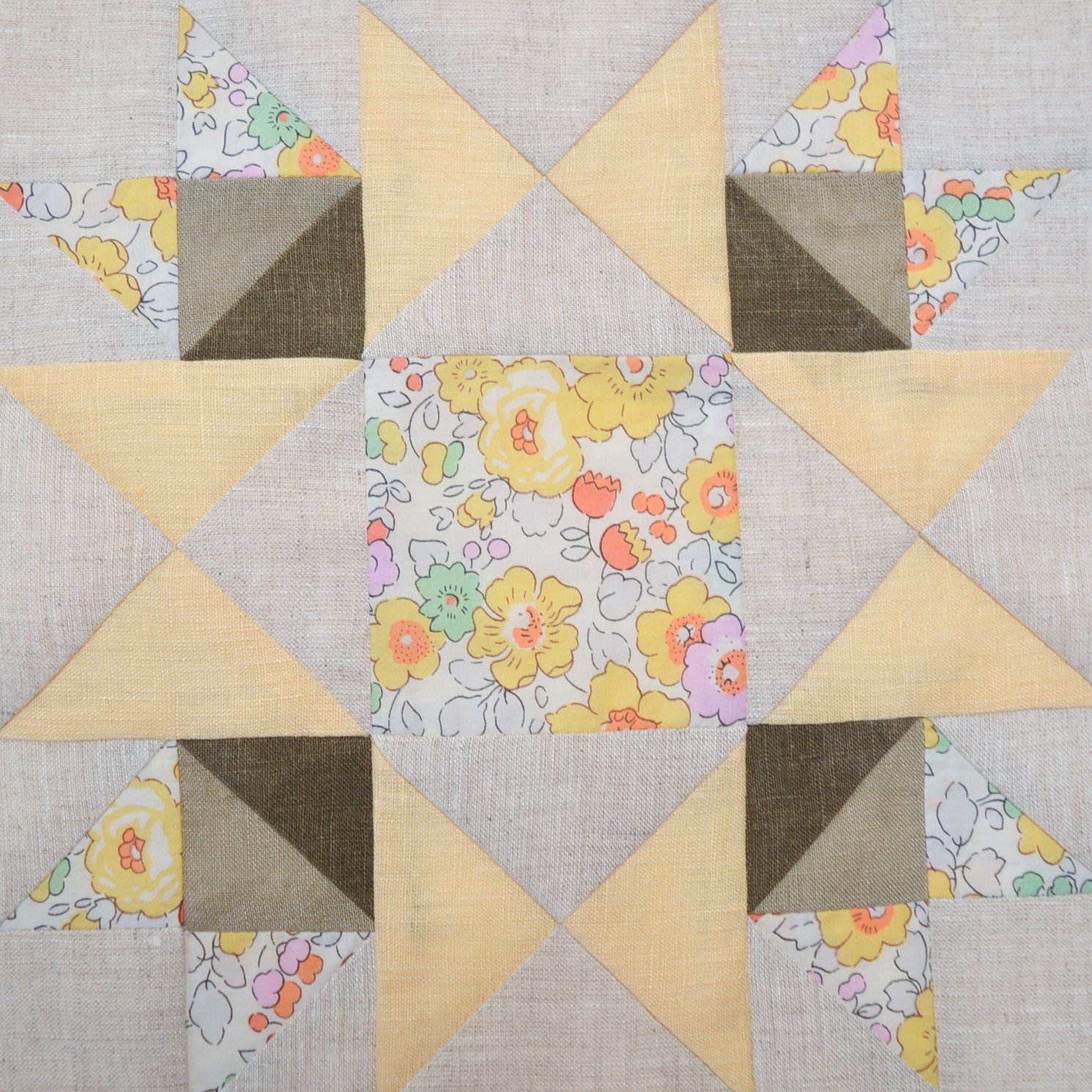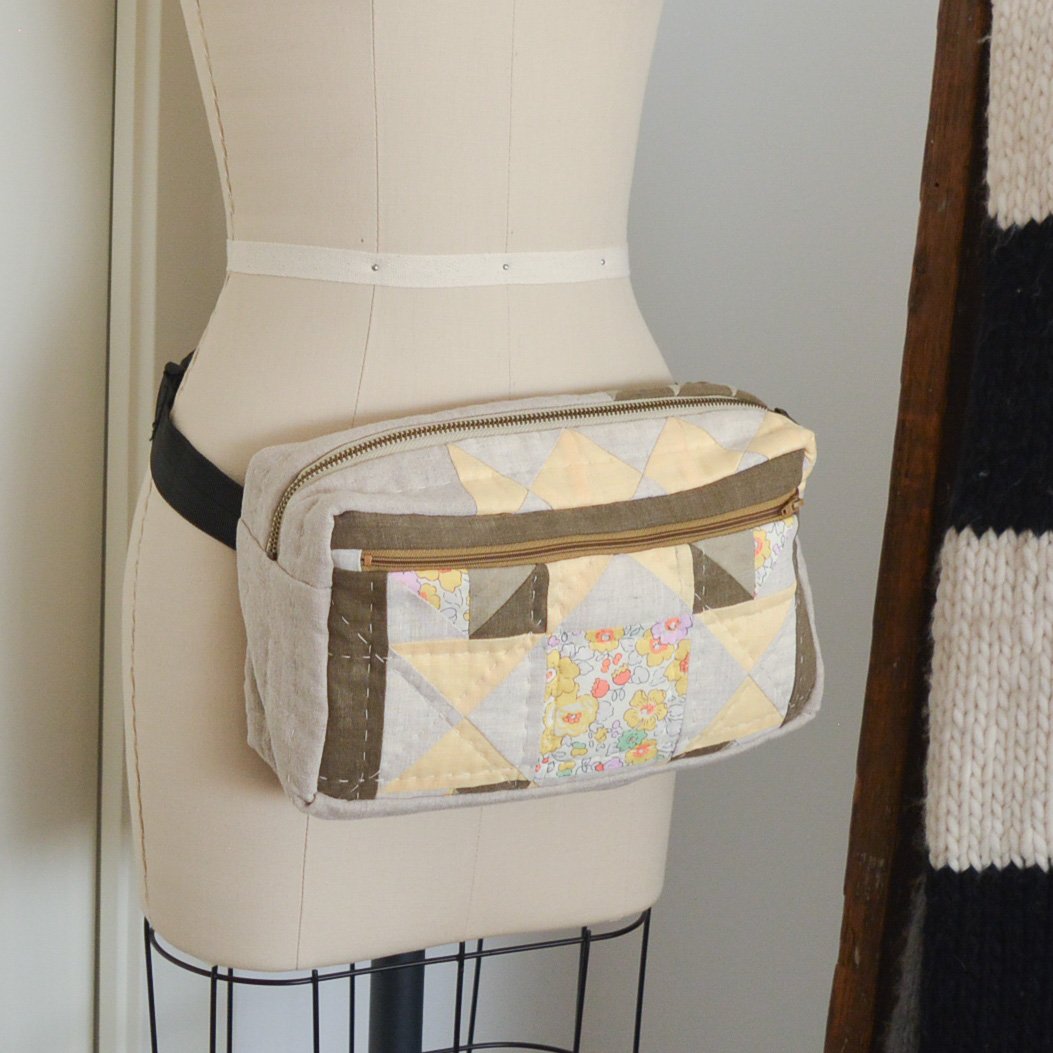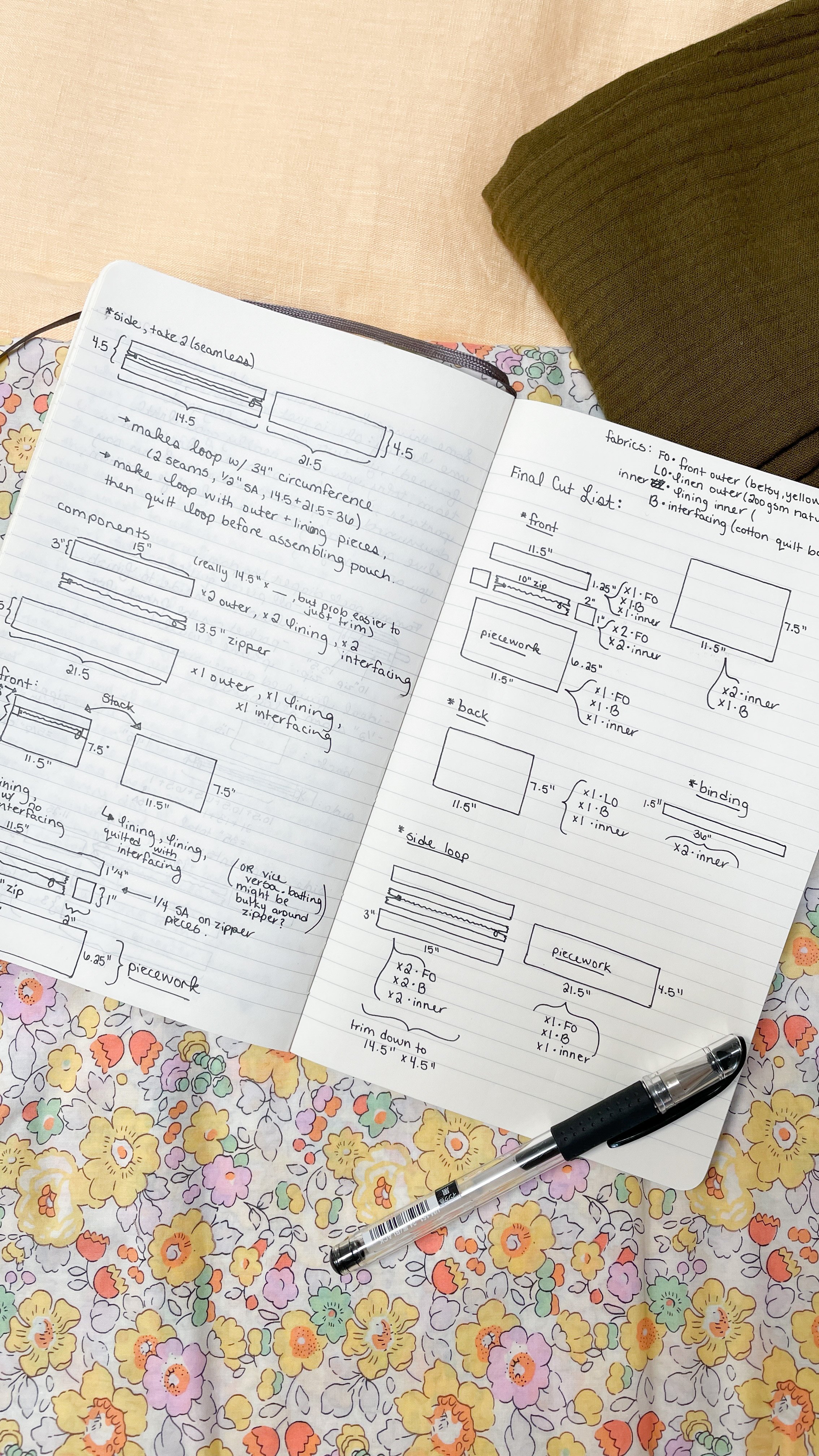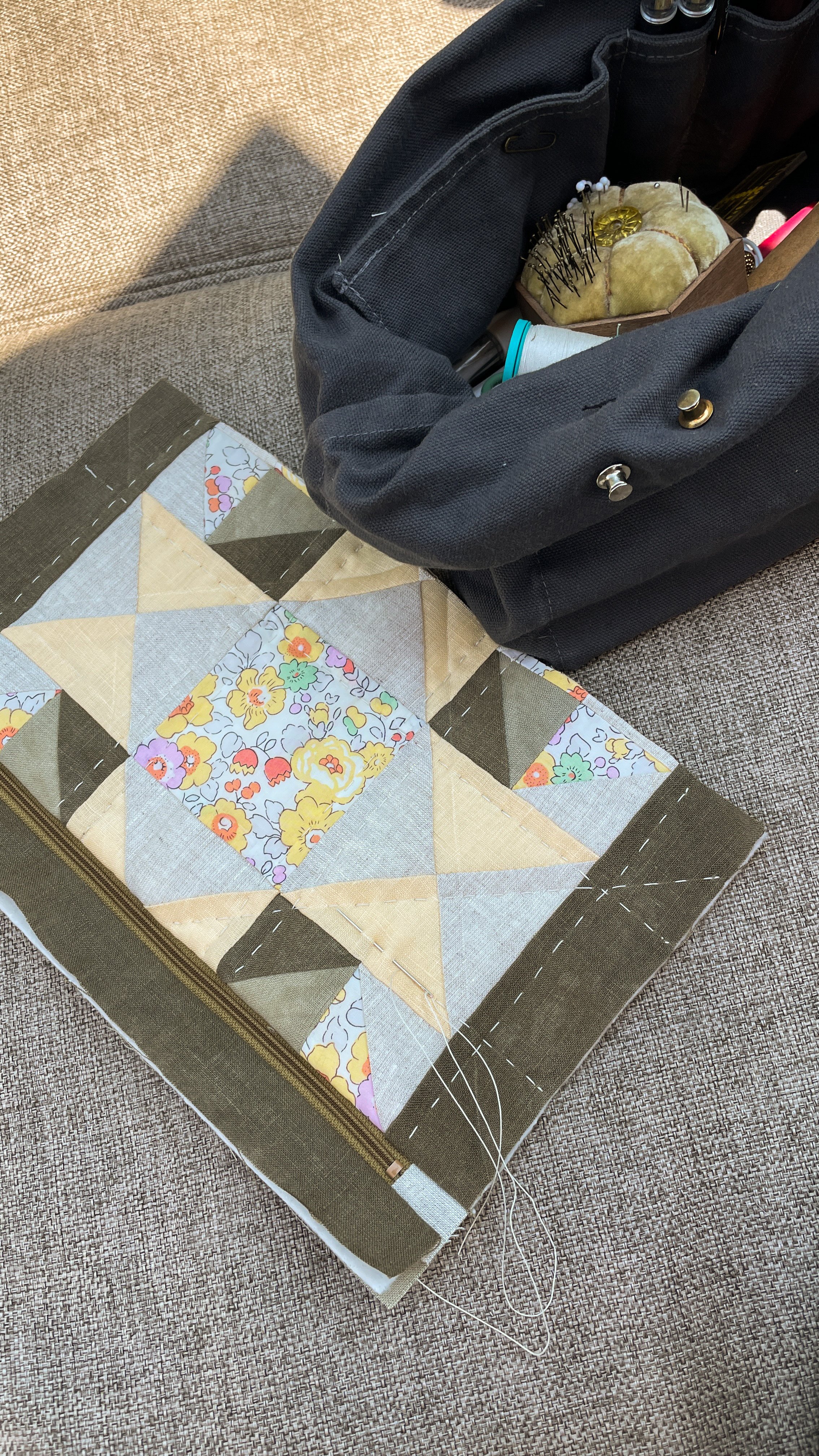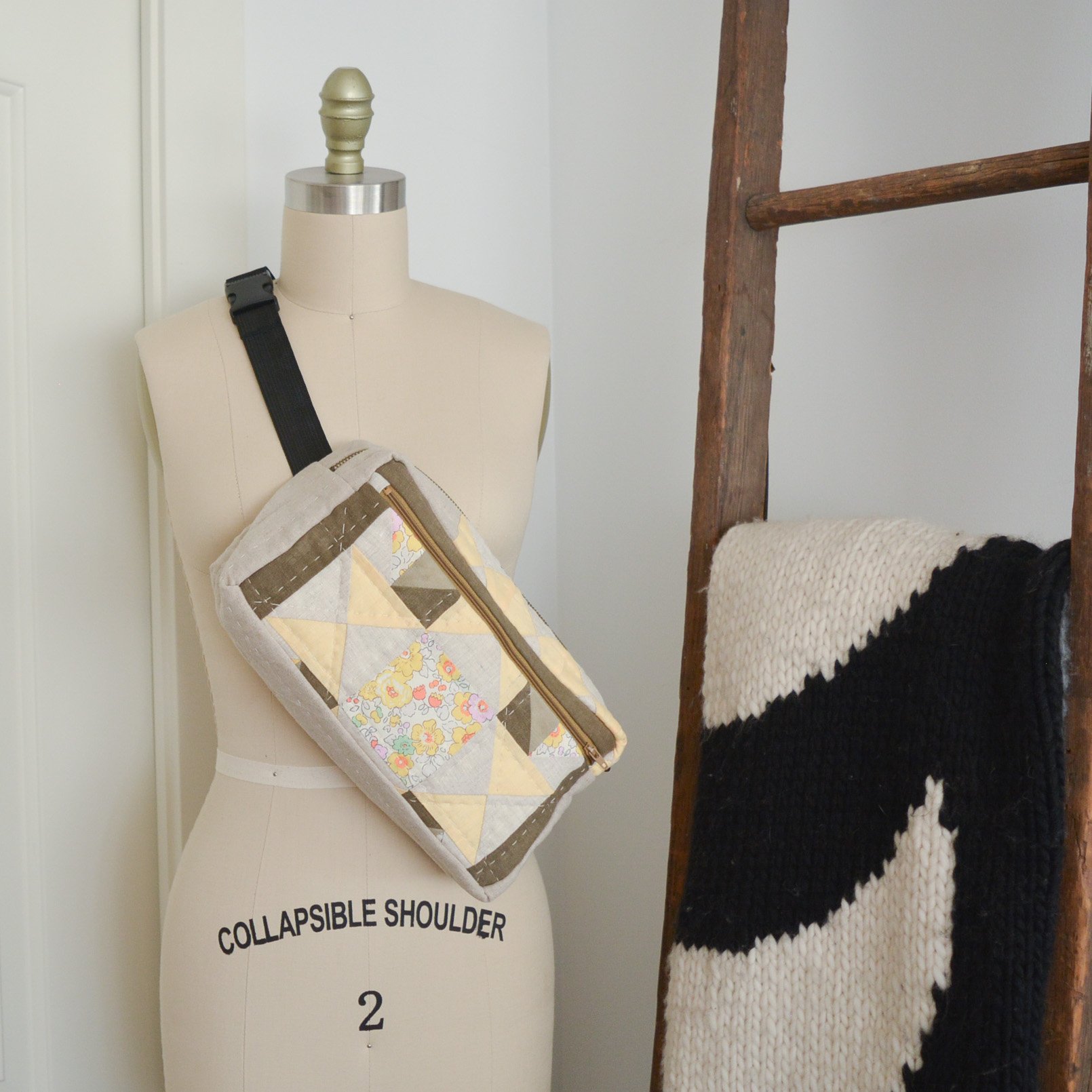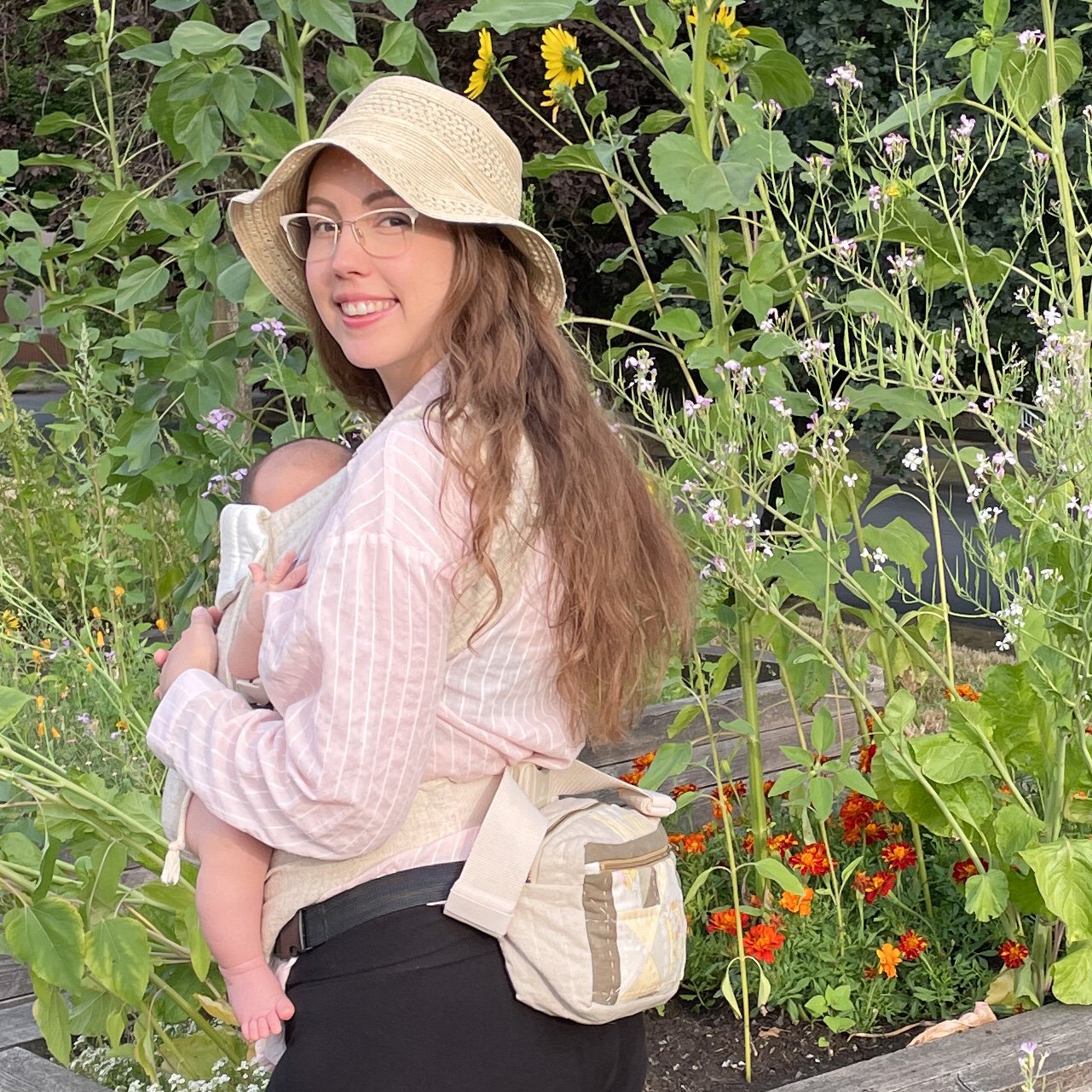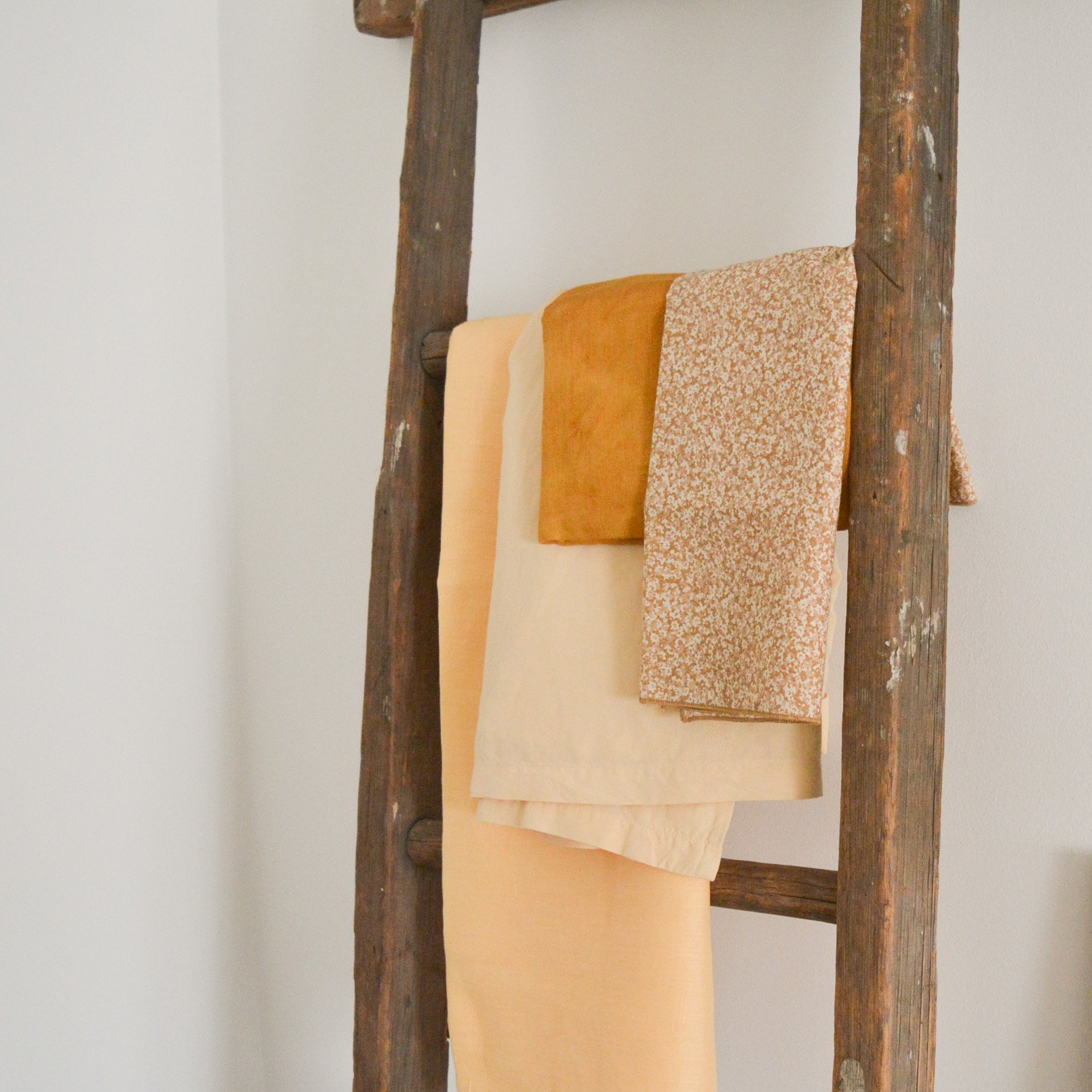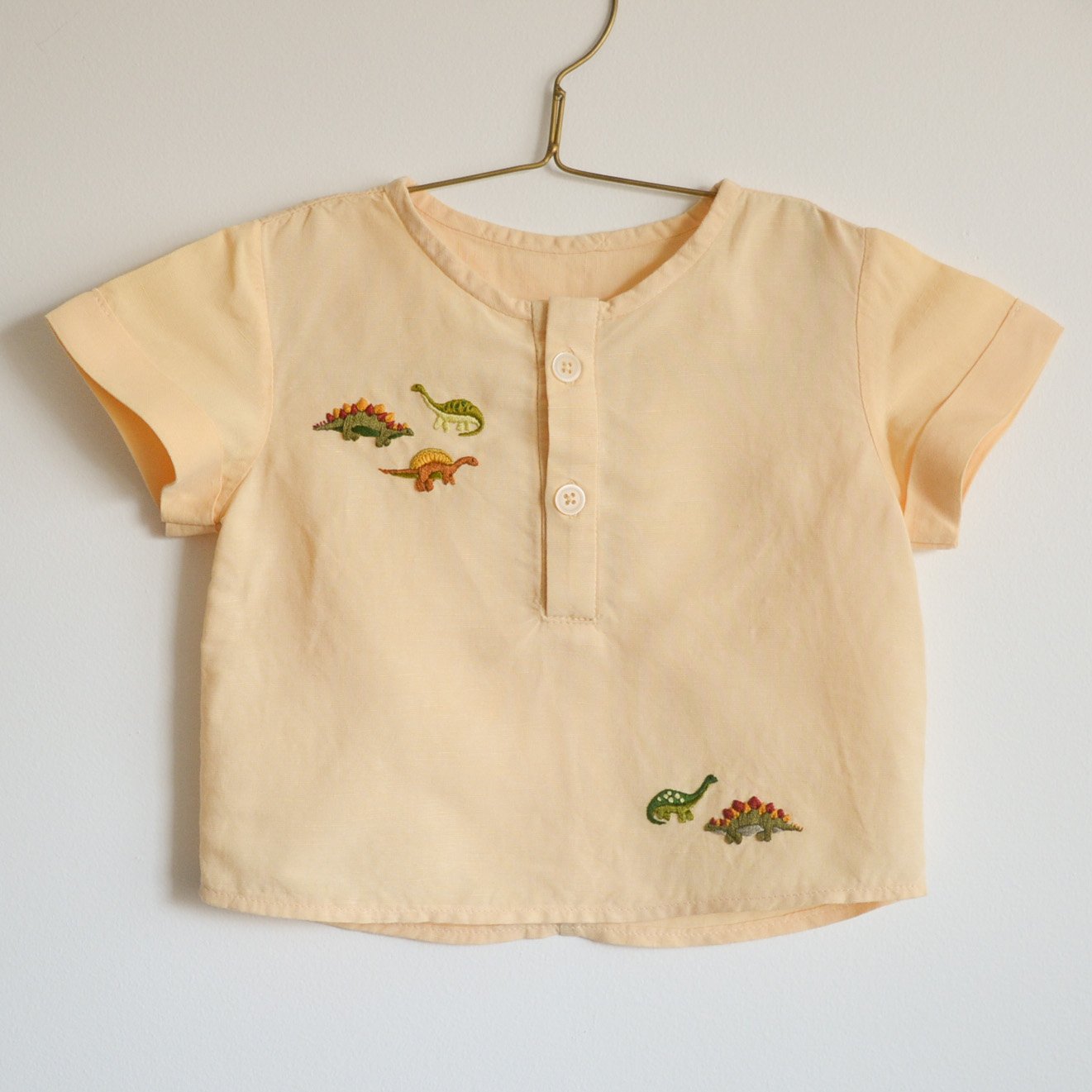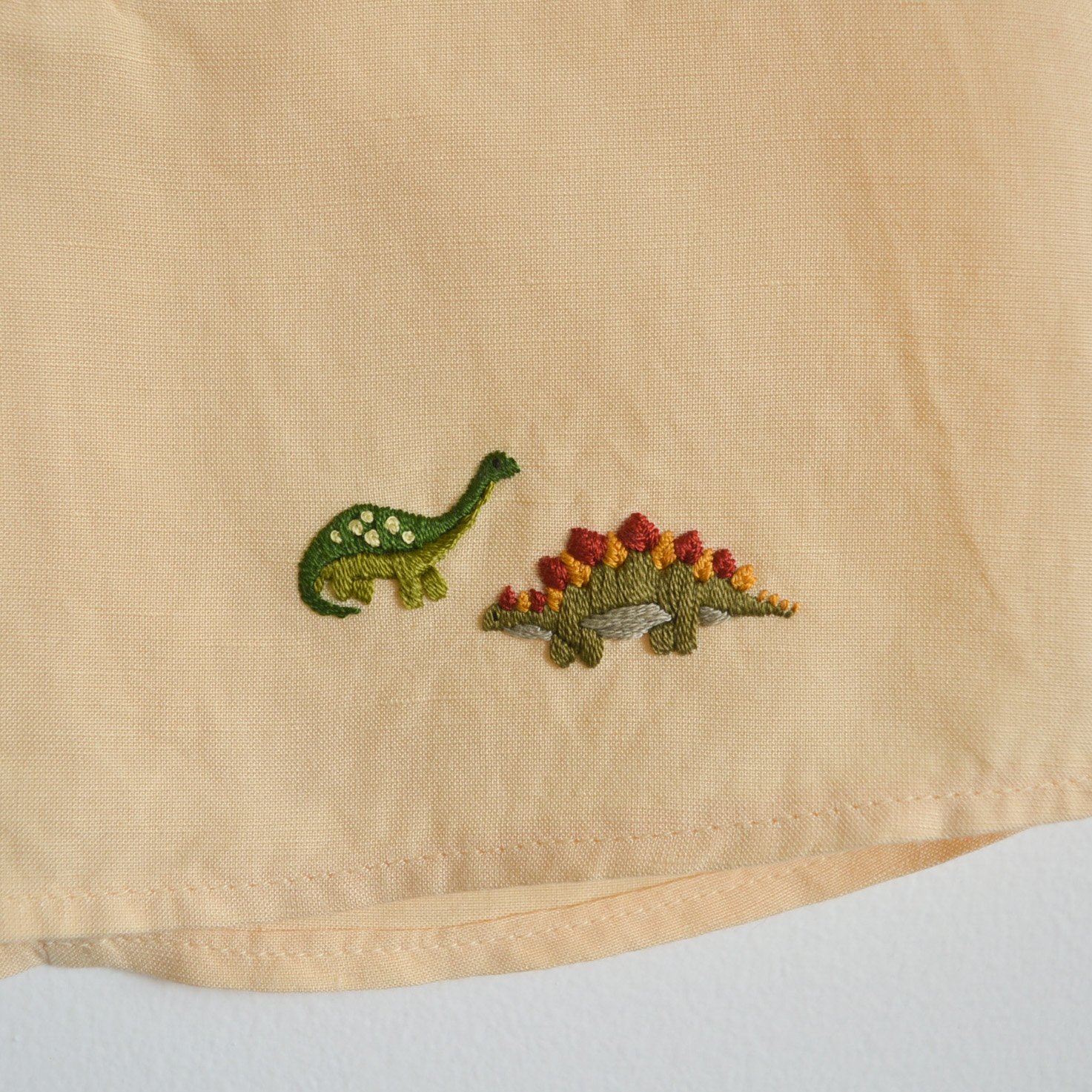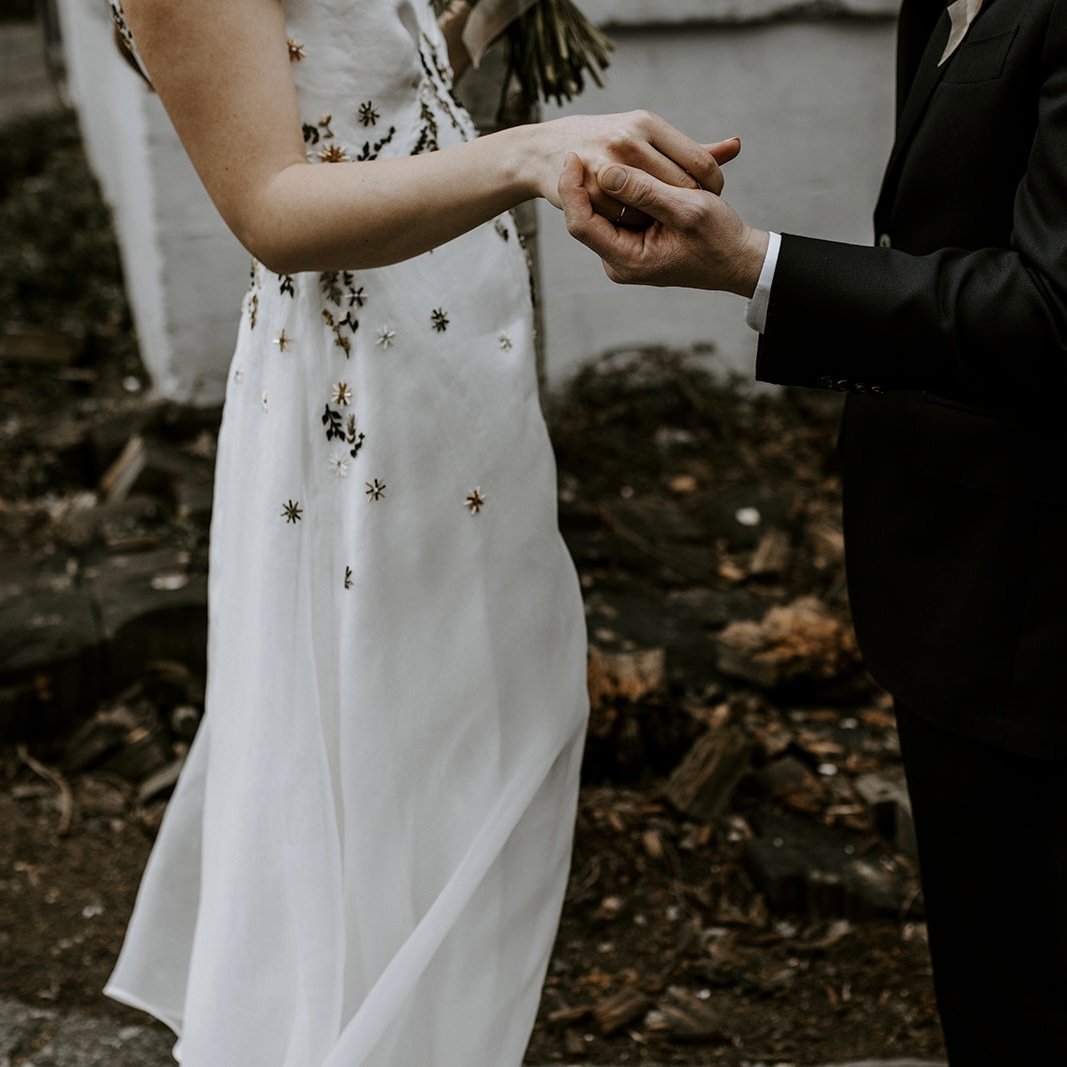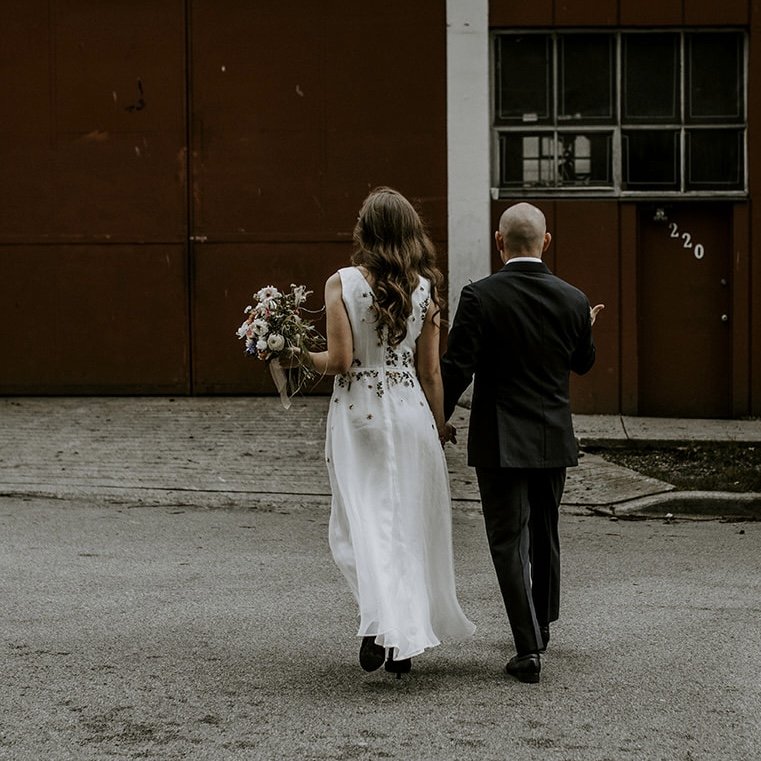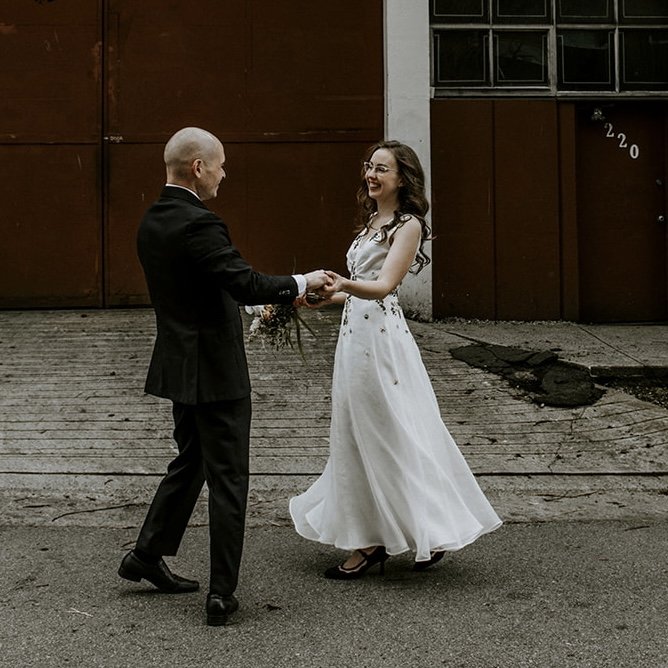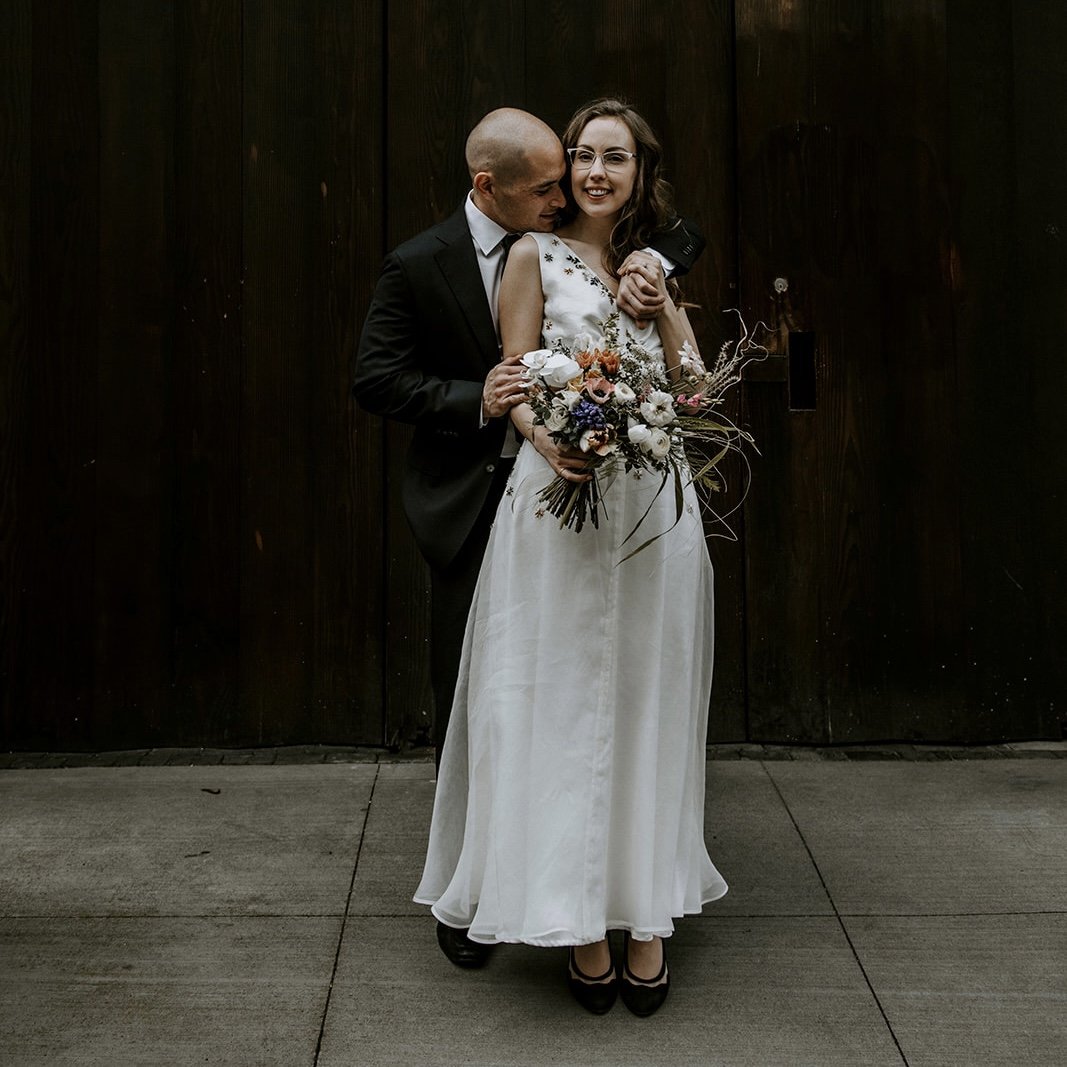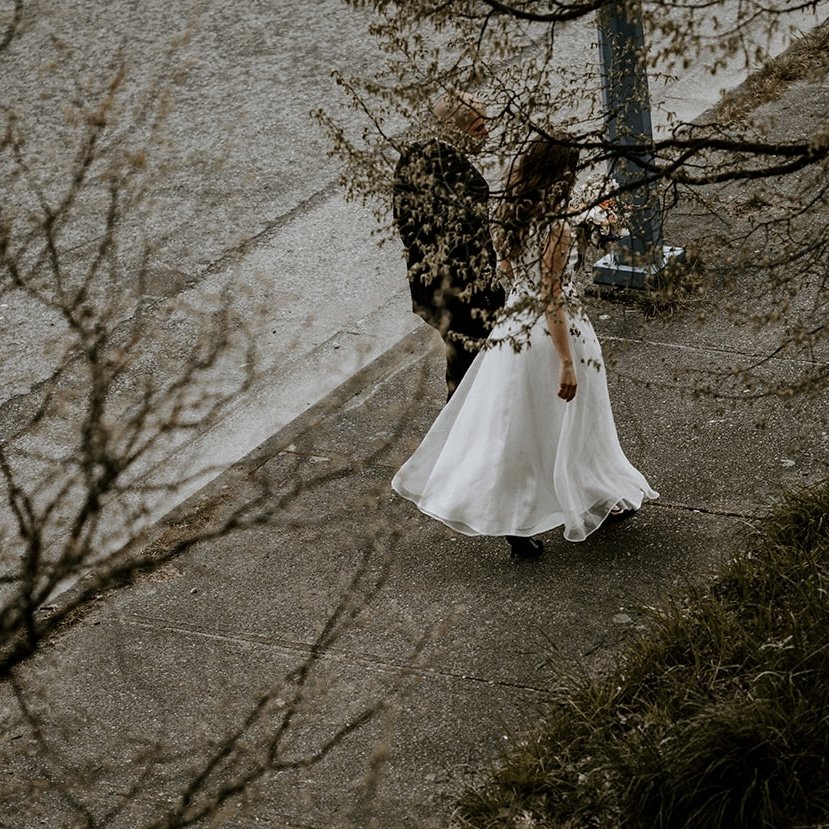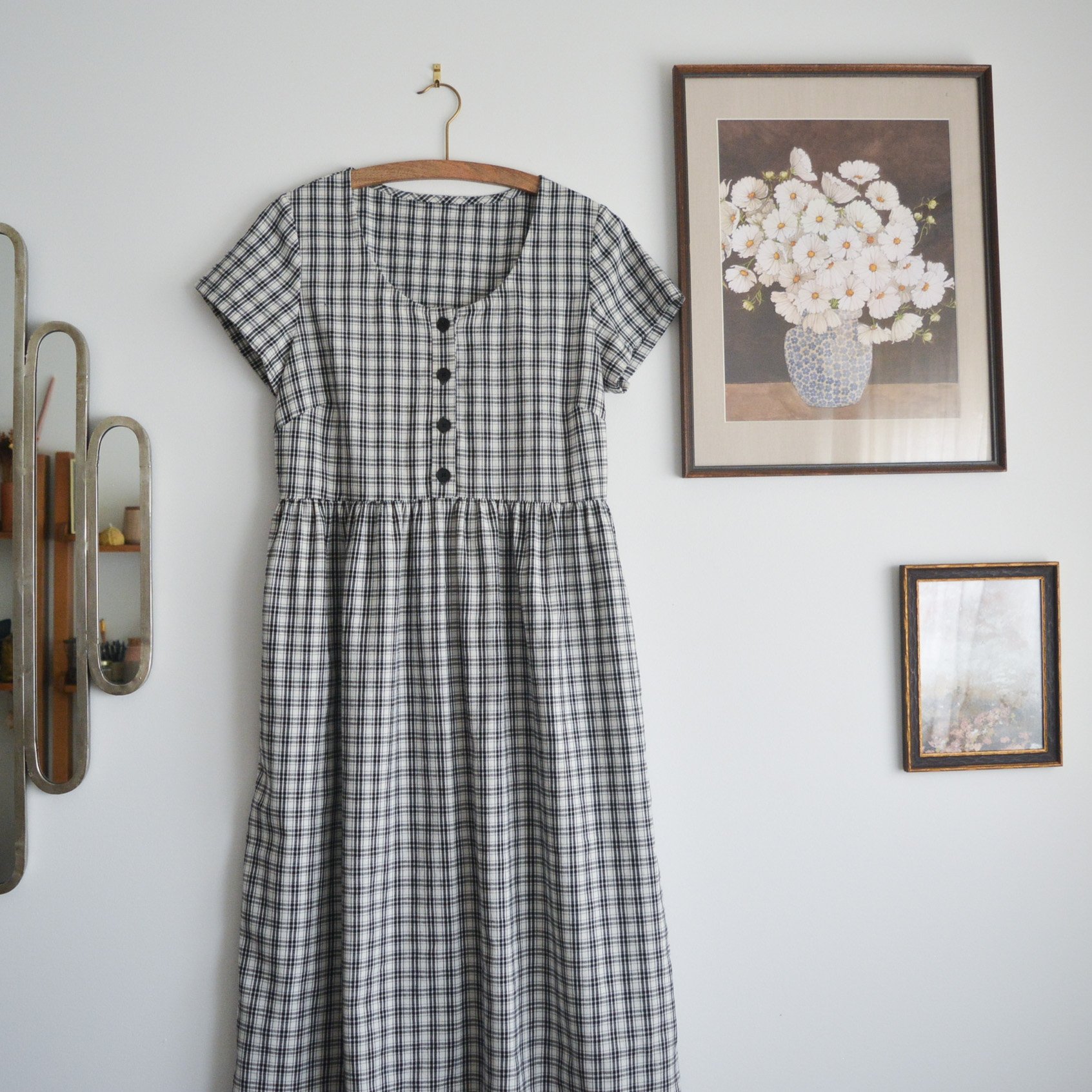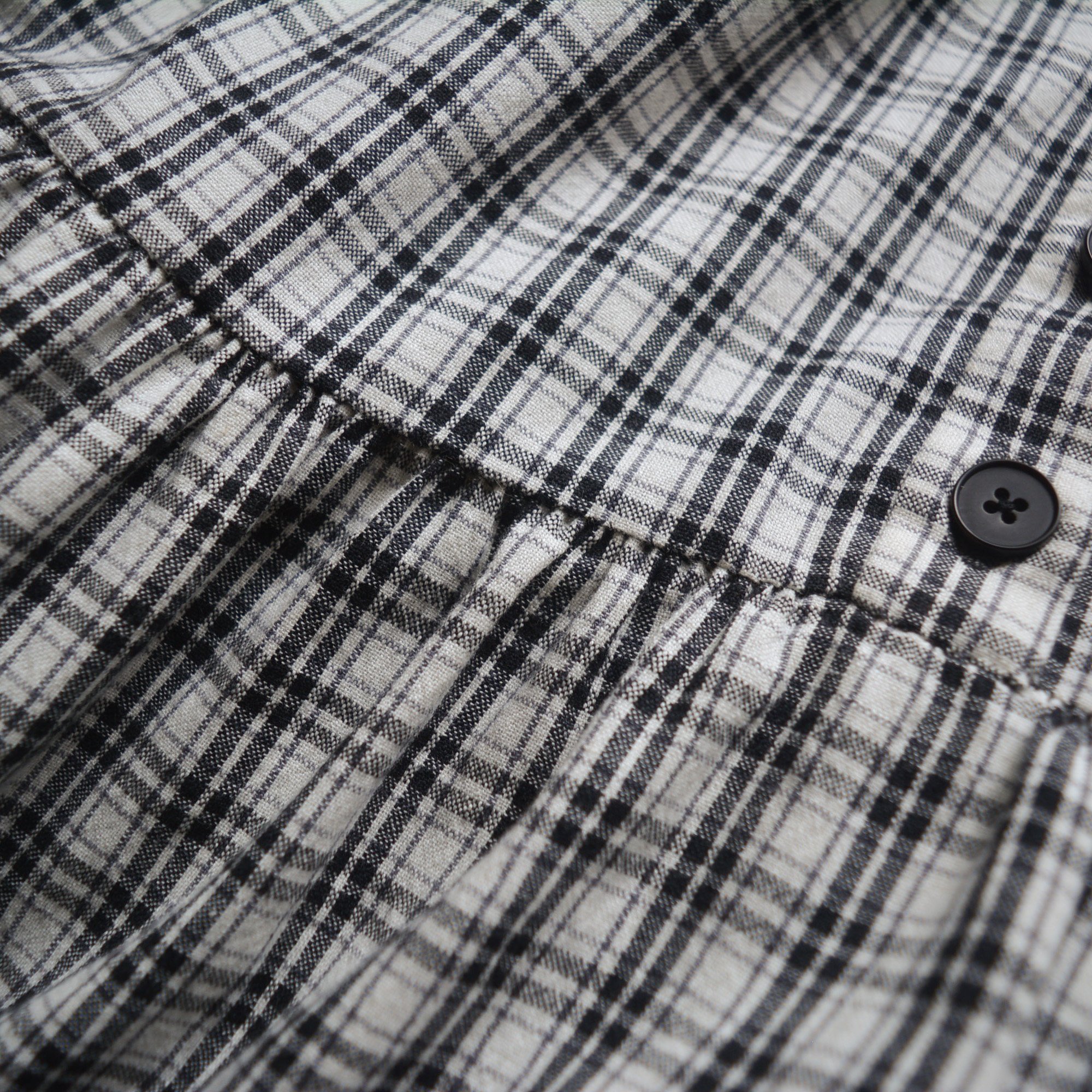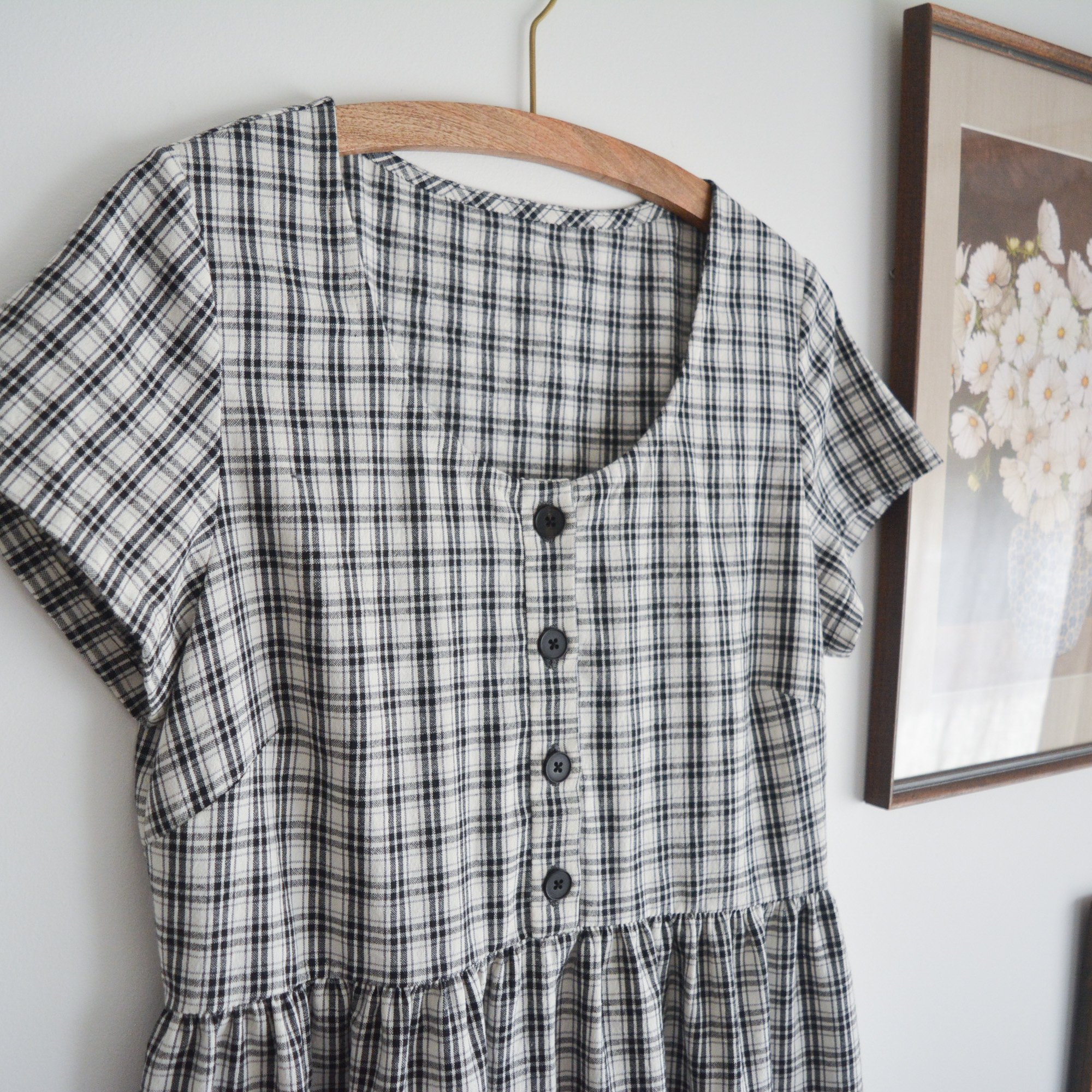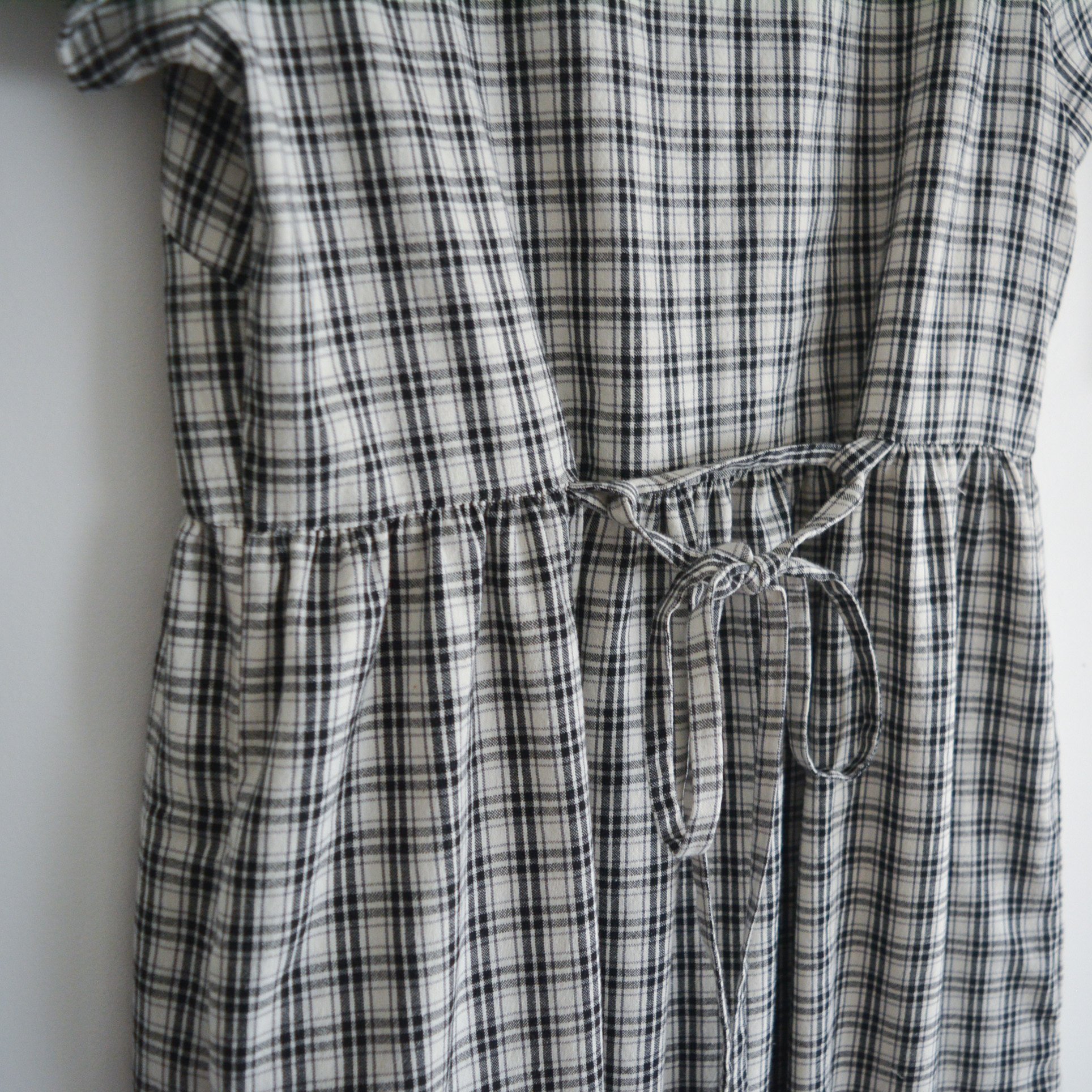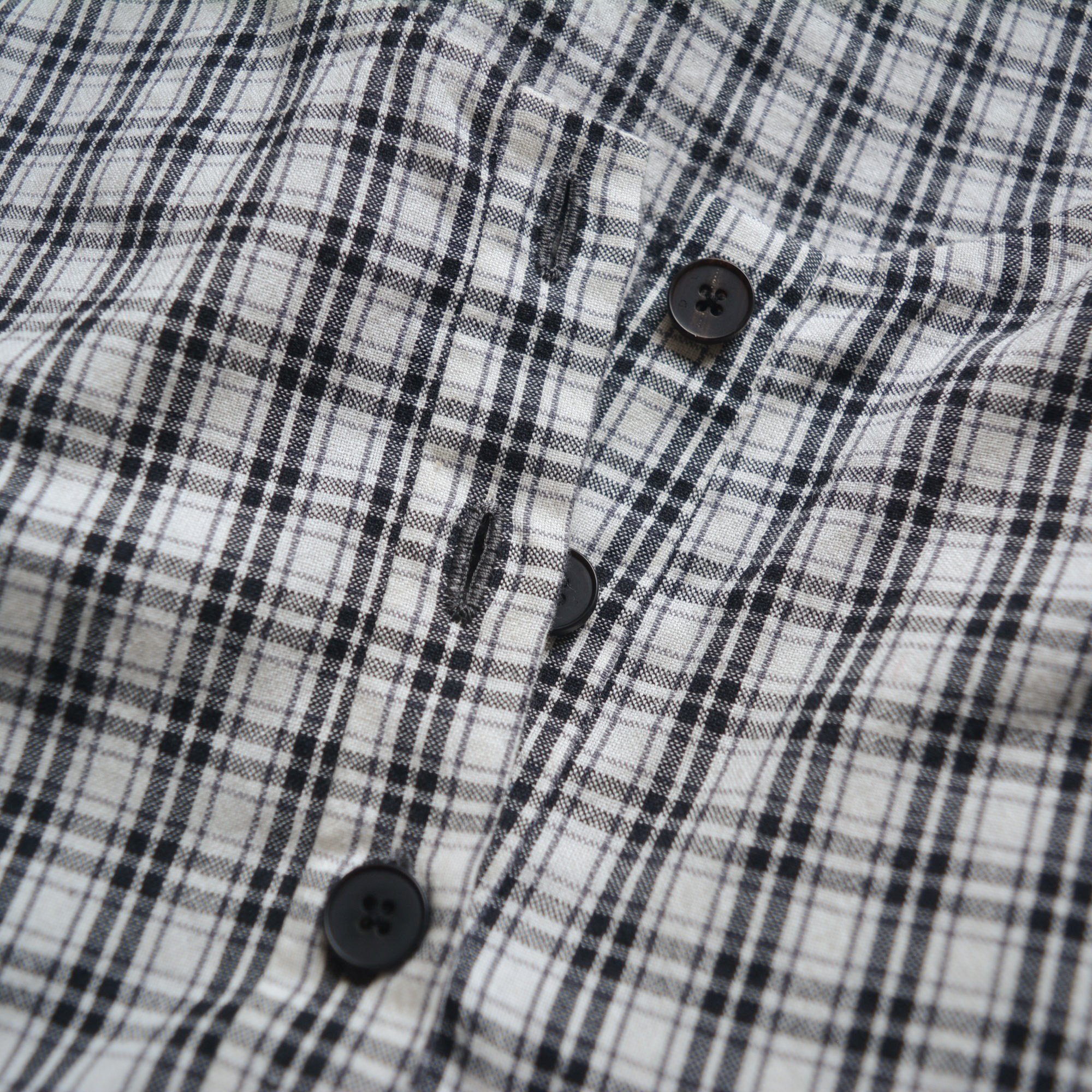A Quilted Fanny Pack from Scraps
/Some links in this blog post may be affiliate links. This means if you click through and purchase the product, I earn a small commission at no additional cost to you. Thank-you.
My first big project post-baby is finished! I have seen so many bags and coats around Instagram made from recycled old quilts and I love the look. I always check the thift store bedding section for pretty quilts that have seen better days but I never really find anything in colours that I like, so I decided to do my own piecework and quilting to make this project. And I think it’s giving vintage vibes! It was also a great project to use up leftover scraps I had in my stash.
I was so motivated to get this project finished quickly because I felt like it would fit so perfectly into my life as a new Mom. I just had my first baby and getting out of the house each day has been so important for my sanity. The only thing that holds me back when my husband isn’t home is that we live in a walk-up apartment, a.k.a. no elevator to get the stroller downstairs! So I have been getting comfortable with baby-wearing, and I thought how great would it be to make going on a walk completely hands free with a wearable diaper bag. So this fanny pack is designed to be my essential diaper bag for short walks around the neighbourhood. It doesn’t have room for everything our main diaper bag has packed, but it fits a couple diapers, wipes, a nursing cover, and a spit cloth. I feel pretty good leaving for a couple hours with the baby and the pup knowing I have the basics packed.
I designed the pattern for the fanny pack (also sometimes called a bum bag, cute!) myself. I planned for a bag that was a little bigger than most fanny packs to comfortably fit the diapers and wipes. I tried to be so meticulous when making the pattern but in the end my numbers were off and I had to sort of fudge it anyways. The bag ended up being an inch shorter then planned, but it still fits what I need it to. Kudo’s to all those bag pattern designers out there! Getting it perfect is tough.
I won’t be sharing the pattern because like I mentioned the numbers weren’t quite right, but I’ll share the basic process I used and you could probably use this process with another fanny pack pattern. For each pattern piece I cut three pieces: an outer piece, a batting piece, and a lining piece. For the front and side pieces I used a quilt block pattern, and then cut the finished piecework down to size. The quilt block pattern I used is called the honeymoon square, and you can find free instructions for it here. After cutting the three pieces out I would make a quilt sandwich and use a simple running stitch with thicker thread to hand quilt them together. Going back I would make each piece slightly bigger then needed and then trim them down to size after quilting, because the quilting scews the pieces a little. I also wish I would have added a layer of interfacing to each quilt sandwich, to give the bag a bit more structure. A note on the zippers: I inserted these in the usual way before making the quilt sandwich for that correponding piece. Once I had all my quilt sandwiches ready I assembled the bag, and finished the seams on the inside with some colourful binding. I love the inside of this bag just as much as the outside because of this beautiful finish!
The bag was made completely with things I had in my stash so I don’t have too many links for you. The fabric is mostly linen scraps I had from Maiwa, some of it naturally dyed by me for earlier projects. The floral fabric is a Liberty Tana Lawn I have lined up for another project, so I snuck a little bit from that. The cotton quilt batting (affiliate link) was extra from my Tamarack jacket project (a 2017 project!). As for the hardware I had the zippers, webbing, and buckle in my stash. I usually pick these types of things up from Dressew, which is a sewing store in my city.
This was the absolute perfect first project for me, as it has fit right into my life and made this one aspect of motherhood a breeze! For the moment I am not even using a purse, it’s just a fanny pack everyday for me for the foreseeable future. And I’m not mad about it!


